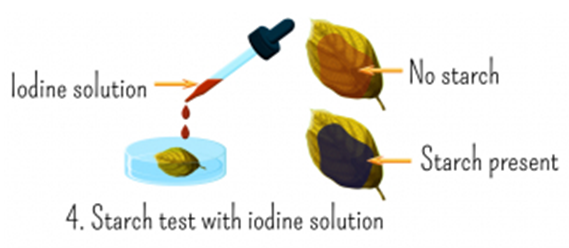Have you ever heard the phrase, ‘You are what you eat’?
Well, it’s actually kind of true! Our body is a collection of the nutrients that we eat to sustain us.
Food is categorised into three main nutrients:
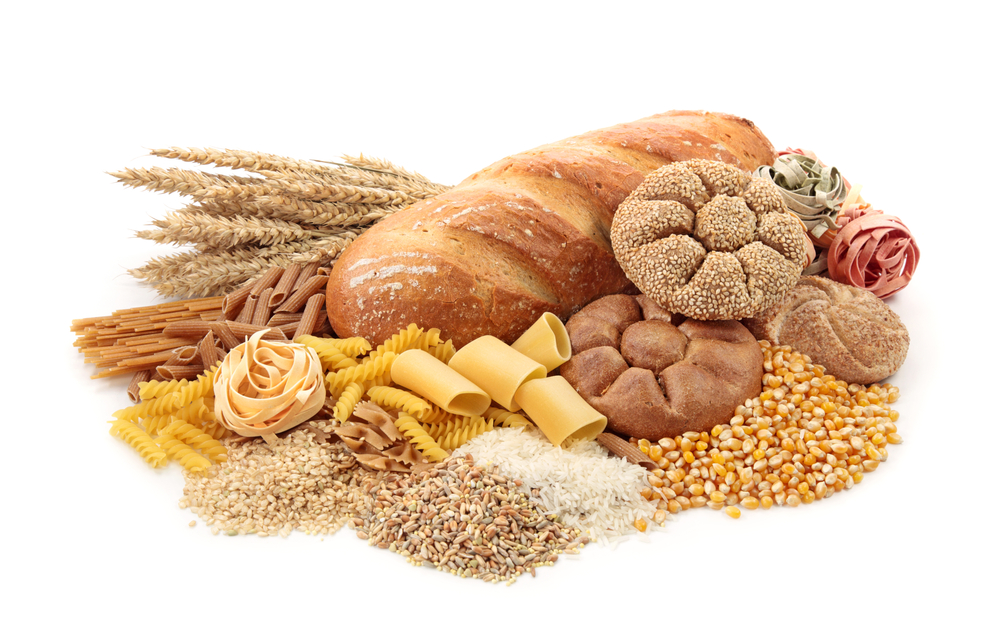
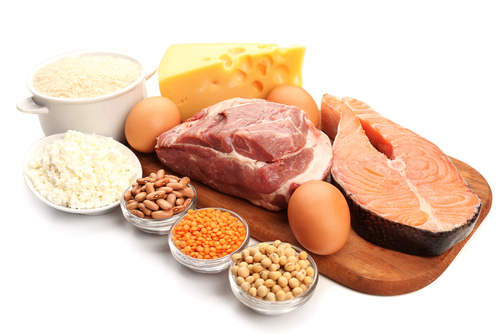
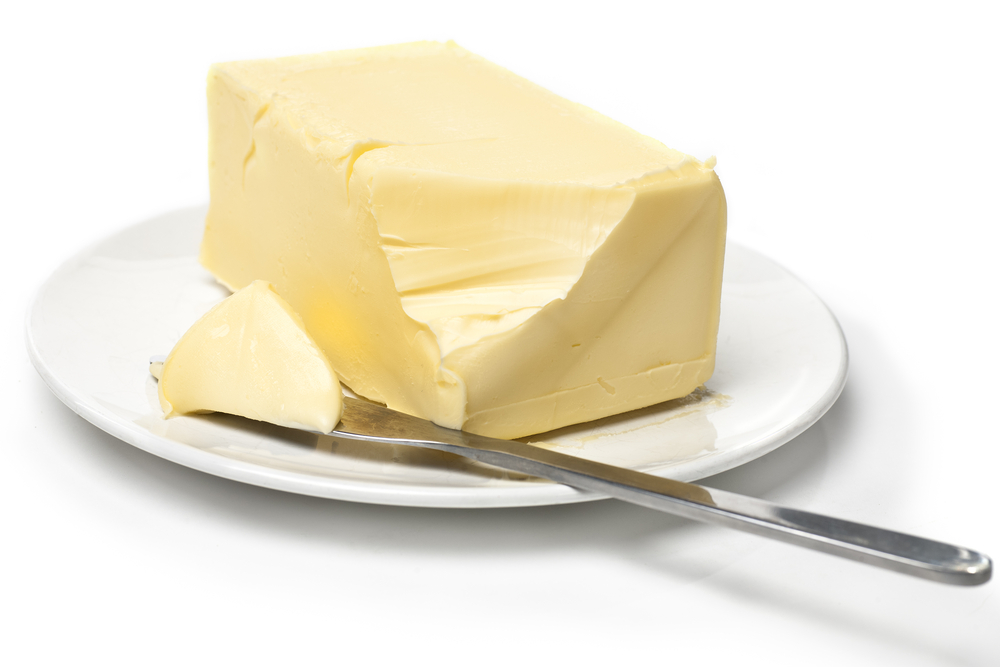
CARBOHYDRATES PROTEINS LIPIDS
In the body, nutrients are broken down for two reasons:
Firstly, these molecules are often too big to be absorbed through the gut wall.
Also, humans need their own versions of the nutrients so they need to be collapsed and rebuilt differently
Carbohydrates:
.png)
Carbohydrates give us energy and are actually long chains of single sugar molecules like glucose.
From plants, we digest starch which is the plant sugar storage, but humans store their glucose as glycogen, so starch needs to be broken down into glucose first, absorbed by the gut and can then be used for respiration, or restructured as glycogen storage.
Proteins:
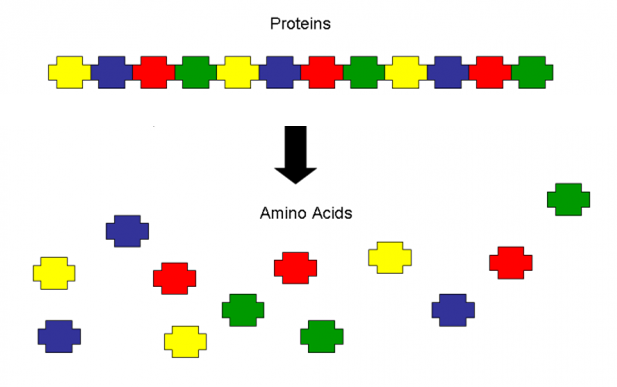
They are important for growth and repair, and are actually large chains of 100s to 1000s of amino acids.
They are broken down after eating and then, once the amino acids have passed through the gut wall, they are reorganised into human proteins.
Unlike sugar, amino acids can’t be stored, so any that are leftover are broken down.
Lipids:

They provide energy but also are the key part of cell membranes.
Lipids are fats and are made of two different units: fatty acids and glycerol, with every one glycerol bonding to three fatty acids which makes one lipid molecule.
Again, they must be digested first because they are too big to pass through the gut wall, after which they are reassembled.
Chemical Qualitative Tests:
We can use different qualitative tests (what it is, not how much there is) to detect whether we have a carbohydrate, protein or lipid.
| Carbohydrate Tests | Protein Tests | Lipid Tests |
|
Benedict's Test for sugars:
This blue solution when heated creates a red/brown precipitate with glucose.
|
Biuret Test:
Proteins turn a clear blue Biuret solution into a purple/mauve colour.
|
Emulsion Test:
1. Add ethanol to food. 2. Pour the liquid from this mix into another test tube with water. 3. A cloudy liquid shows lipids are present. |
|
Iodine Test for starch:
Starch turns blue/black
|
Sudan III Test:
1. Equal amounts of water and test sample are put in a test tube. 2. Add drops of Sudan III into the mix and shake. 3. You should see a layer of red if you have lipids. |
Let's have a go at some questions now.






